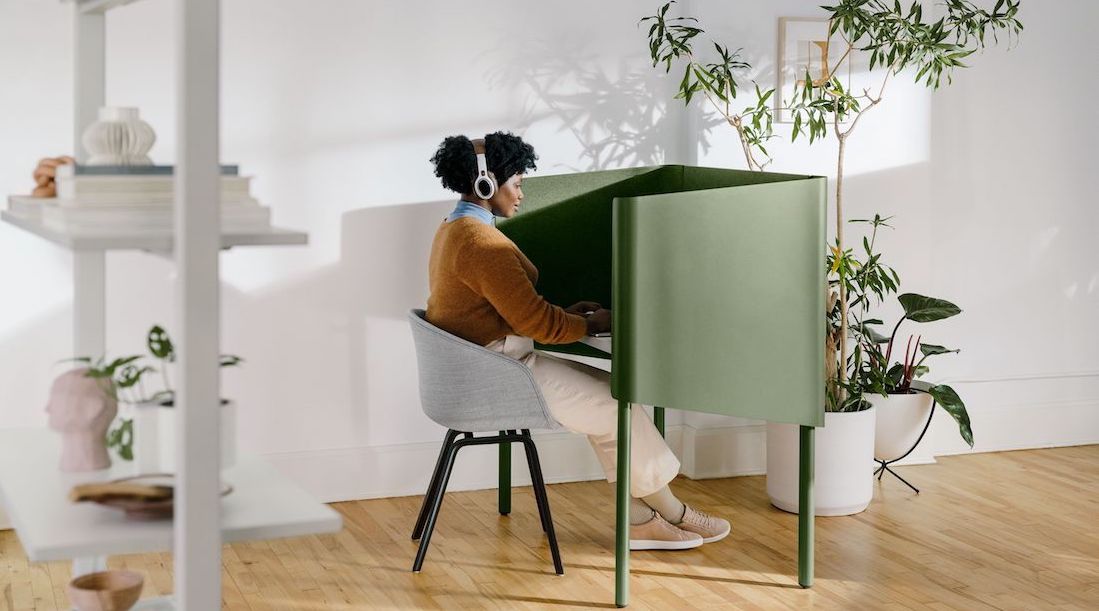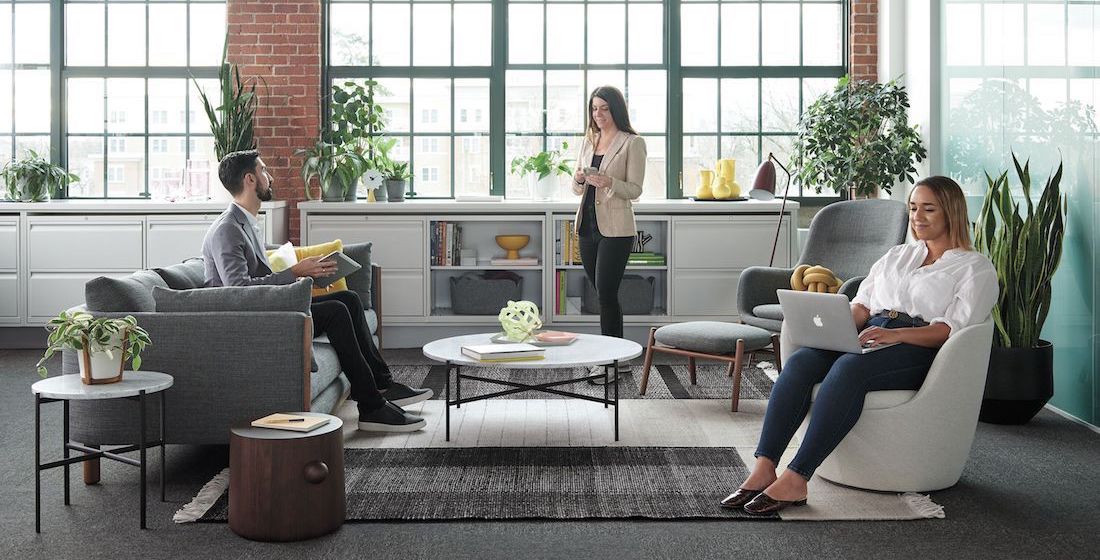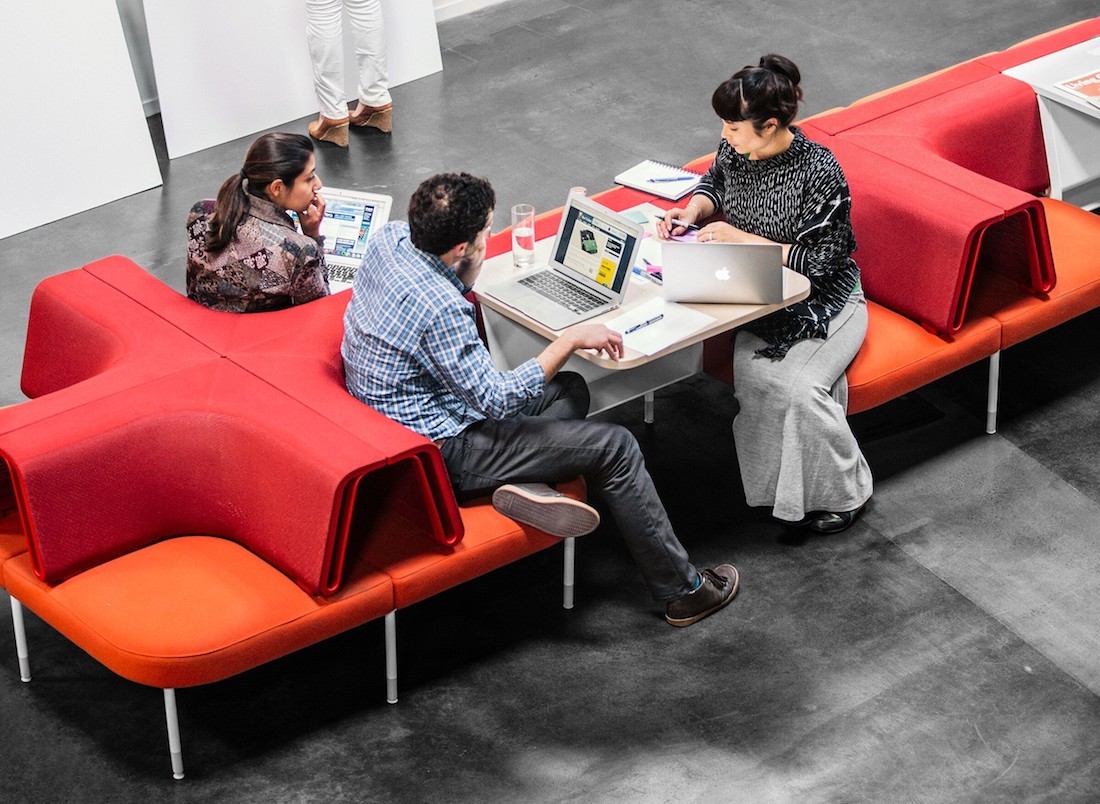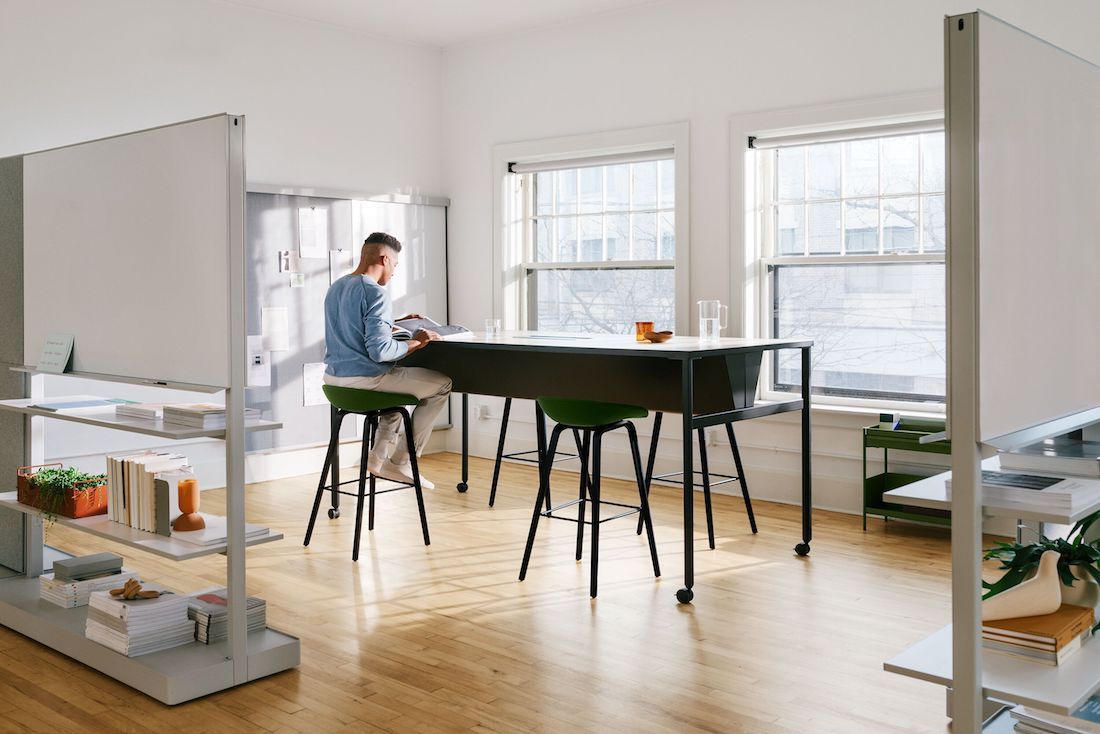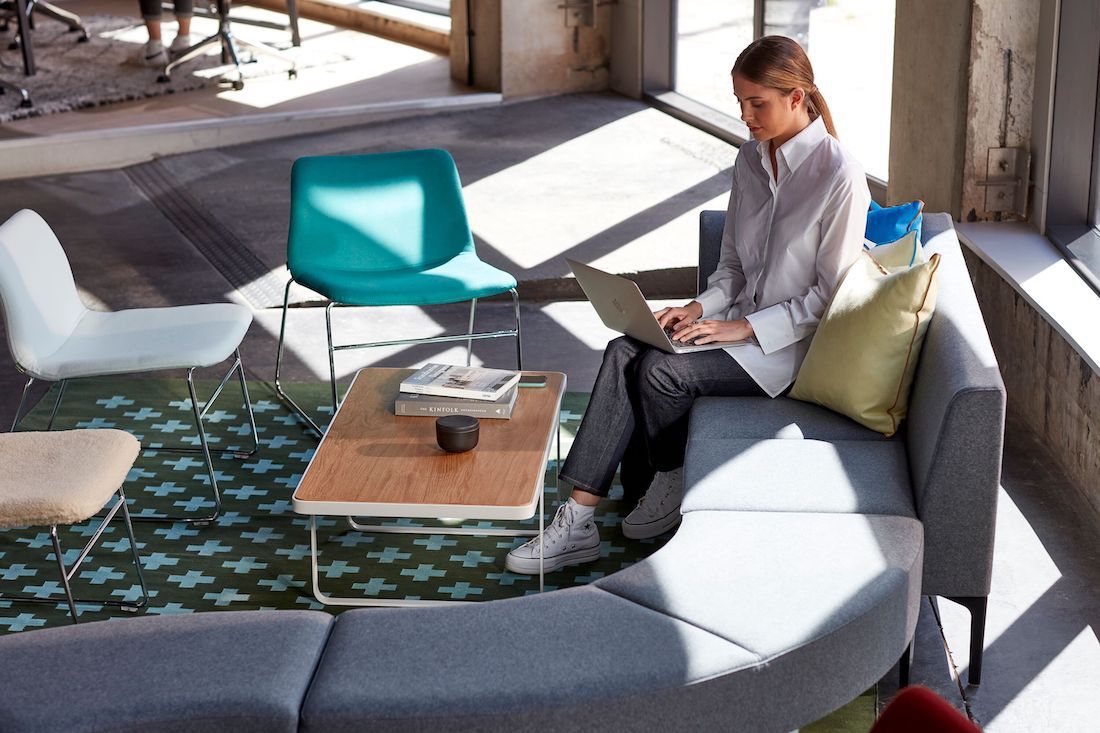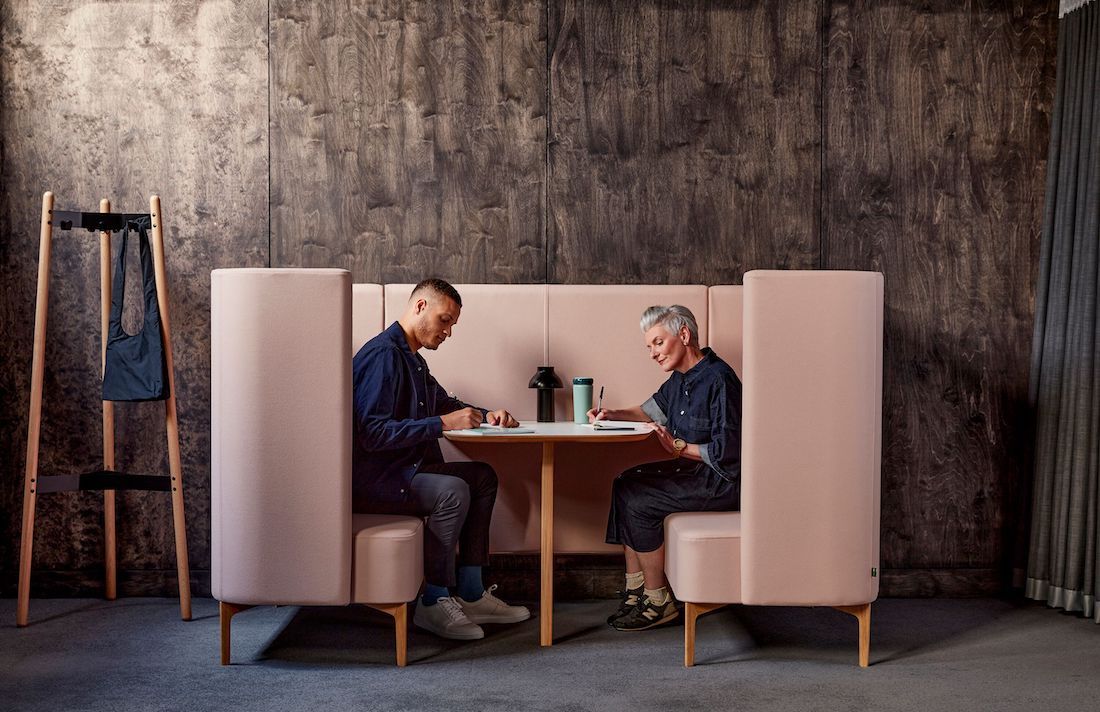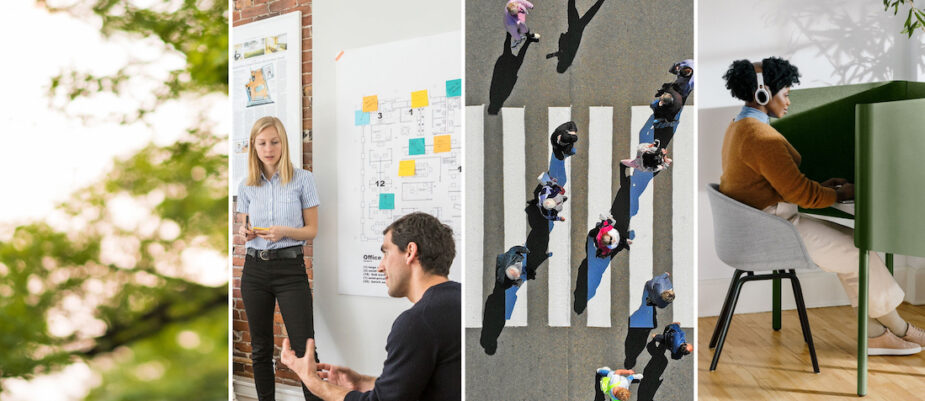
Employee Wellbeing, Connection, Change are the three main themes for rethinking the workspace focused by MillerKnoll in the Design with Impact approach, an in-depth and detailed method aimed at identifying the new needs emerged from hybrid working methods and offering adequate answers.
Socializing with colleagues and a sense of community prove to be the main reason for going to the office for 74% of employees, as demonstrated by the February 2023 Future Forum Pulse survey.
Organizations are therefore looking for solutions to satisfy both employee requests in terms of flexibility of space and time, and those of interpersonal relationships, fundamental for innovation, culture and corporate success.
The re-design of the workspace must therefore be able to embrace change and adapt to constant transformations, supporting holistic wellbeing and encouraging interpersonal connections.
In the article we summarize the main points of the new “Design with Impact” approach which can be downloaded here.
MillerKnoll’s “Design with Impact” approach addresses the human needs of employees to improve their wellbeing, fosters a sense of community and connection, and helps organizations navigate, prepare for, and design for change.
The Future Forum Pulse (February 2023) -a global survey conducted among 10,000 “desk workers”- confirms data emerged in the so-called “post-pandemic era“: employees expect flexibility on where (81% ) and when (93%) they work.
And they report being more engaged, focused and productive when they get it.
Yet the vast majority (85%) want the ability to travel to a physical workplace. And a significant 74% of employees surveyed cited camaraderie, a sense of community and the desire of physical connection as their primary reasons.
Employees recognize the benefits of being together. To maximize these benefits – for employees and their organization – the workplace must provide spaces optimized to become how employees want to use it. These can be spaces to collaborate, meet, socialize and receive assistance, or quiet places to concentrate.
Flexibility is the main expectation of employees and also the essential prerogative so that the workplace can be reconfigured in an increasingly agile way, helping people to make the most of the time they spend in the office.
There is therefore no single valid space, instead it needs spaces suitable for responding to different purposes. “Design with Impact” aims to help organizations discover the purpose of their environment through the three areas that have a significant impact on the organization.
Supporting holistic wellbeing.
Employers have become aware of the importance of people’s wellbeing and support it with tangible actions that consider the physical, psychological, emotional and social aspects of wellbeing. When the company takes care of its employees, they feel more engaged, productive and loyal.
Furthermore, a company can thrive when its employees live in a climate of complete wellbeing. This also includes providing ergonomic furnishings, a variety of work settings, and dedicated spaces for relaxation and rejuvenation.
Enabling meaningful connections.
Despite the proven advantages of smart working in terms of productivity, work-life balance, CO2 emissions and more… nothing can replace informal meetings that stimulate creativity, personal relationships that strengthen corporate identity and create a culturally stimulating environment.
Forward-thinking organizations have therefore understood that one of the primary purposes of the workplace is to facilitate both virtual and physical connections between people.
Empowering adaptability.
Change is constant and organizations that embrace agility have a competitive advantage. Easily reconfiguring furniture and spaces allows teams modify their work points quickly as needs shift hour-to-hour. Larger-scale redesign can occur seamlessly overnight or over weekends to optimise spaces.
When organisations invest in these areas, they demonstrate their commitment to helping employees thrive in the new world of work.

